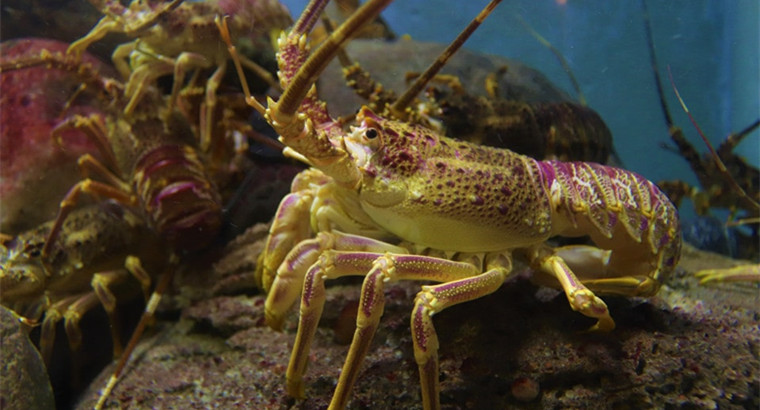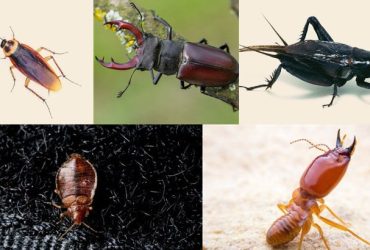Lobsters are a delicious seafood delicacy across the world. Watching them in an aquarium, moving about, strutting, and clanking their claws is fascinating. But as they are incapable of producing noise verbally, it makes one wonder, how do lobsters communicate with each other?
For humans, it’s perplexing to imagine communication without any speech or sound, even in the animal kingdom. Dogs have a bark, birds have a whistle, and bears have a growl, often used to indicate something. So what does the lobster do?
Lobsters: Introduction
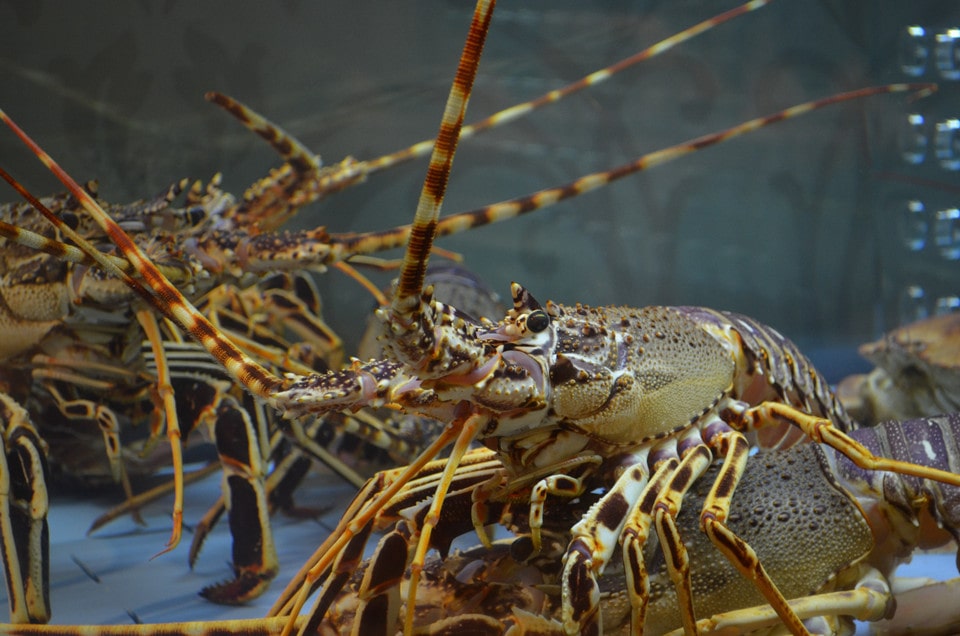
Lobsters are classified as arthropoda in zoological terms, along with crabs, shrimps, barnacles, and insects. It refers to invertebrate animals. They are also members of the crustacean family, a subclass of marine-friendly arthropods.
Lobsters have roamed the seas from before there were trees, let alone humans, and have an evolutionary history of diversification that spans over 455 million years.
It is estimated that humans separated from lobsters on the evolutionary timescale approximately over 350 million years ago. However, the serotonin-based neurochemistry of the lobster is the near equivalent of modern human neurochemistry, despite the vast break in common ancestry.
Humans and lobsters have more in common than most people realize. Psychologists and Darwinian theorists have often looked to lobsters as a way to study primitive human neurology and its motivational mechanisms. Did you know there are hierarchies in the lobster world, just like with humans?
How Do Lobsters Communicate With Each Other?
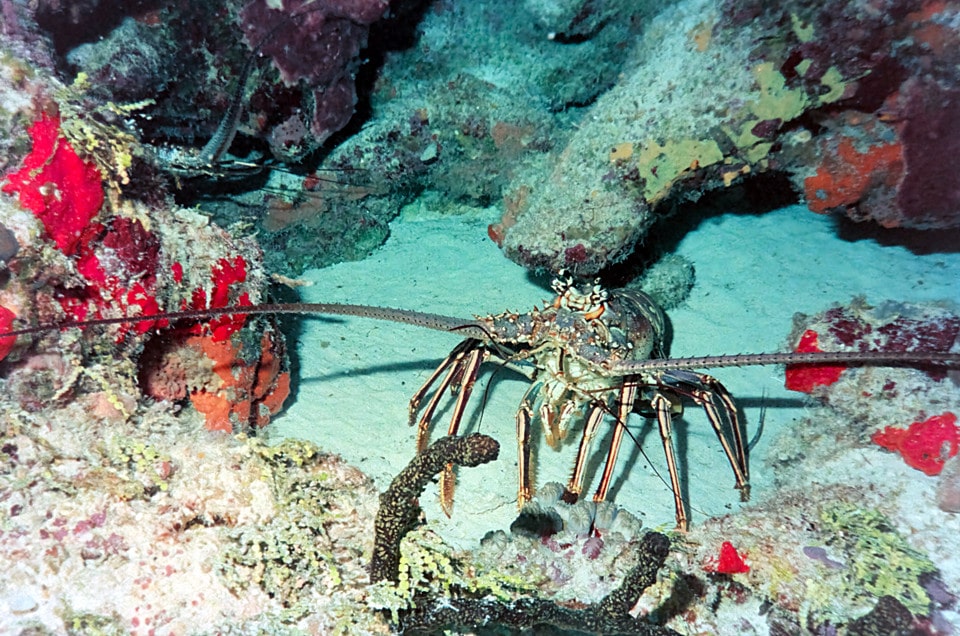
Lobsters do not possess any vocal cords and so cannot communicate through sounds. What makes them so fascinating is the way they communicate without sound or touch.
Studies have shown that lobsters secrete chemicals through their urine to signal or demonstrate their sexual status, dominance in the social hierarchy, and whether they wish to affiliate with another lobster.
A lobster’s bladder is positioned advantageously above its head to achieve this form of communication. A Lobster’s pee comes out through the excretory organs located at the base of their second antennae.
The scent of the pheromones released via the stream of urine can be smelled by other lobsters who receive the message. Lobsters also have a fan-like structure that allows them to control the direction the pheromones flow in.
What Are Lobsters Talking About?
In most cases, lobsters secrete pheromones to demonstrate aggression or to attract mates.
In the wild, male lobsters have to fight for dominance in order to attract mates. The victorious lobster gets a rush of serotonin from its victory and newfound status in the social dominance hierarchy. This makes the pheromones they release more attractive to females and tempts them into mating.
As you can see, even in the lobster world, natural selection, the process that selects the traits of a species to be passed down for generations, favors the dominant. This has been the way of the world for both humans and the entire animal kingdom for eons. The evidence for this arguably immutable law goes all the way back to lobsters, and in all likelihood, even further.
Other Fun Facts About Lobsters
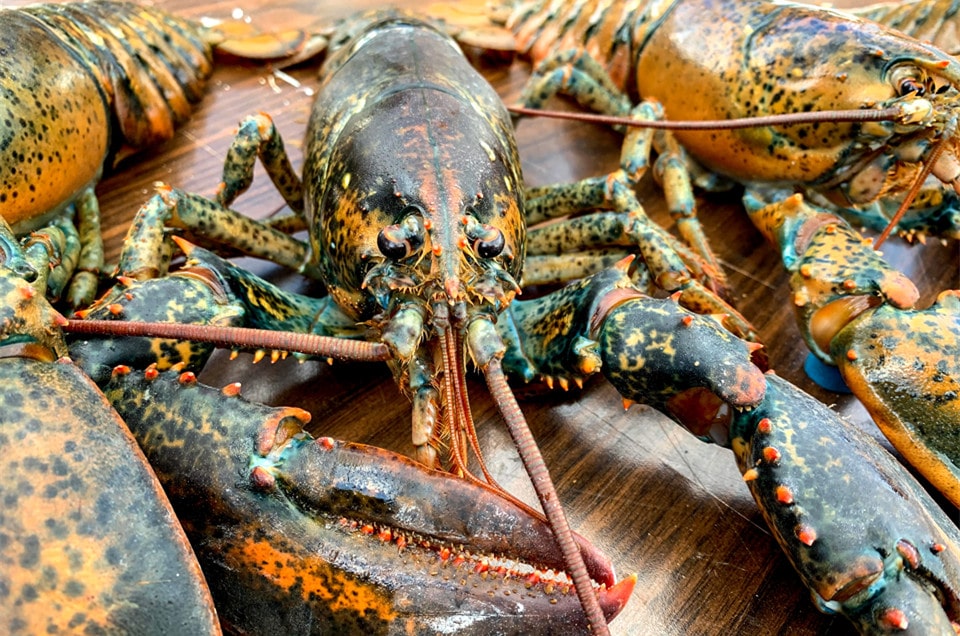
#1. Did you know that lobsters can keep growing forever? There is no limit to their size. The only time you might catch sight of a behemoth lobster is if its claw gets caught in a trap designed for smaller lobsters.
#2. Lobsters are not picky eaters. They can even be cannibalistic. If the only fresh food around them is another lobster, they won’t hesitate.
#3. Female lobsters make the first move on men by shedding their shells to secrete pheromones, although doing so makes them more vulnerable. But it often proves to be a useful strategy in getting male lobsters to mate with them rather than kill them.
#4. Lobsters’ teeth, which they use for grinding up the food, are located on their stomachs that are behind their eyes. They have a weirdly structured body.
#5. Their claws may look small but beware. They can exert pressure of up to 100 pounds per square inch. That is some powerful grip.
#6. Lobsters can regrow most parts of their body after losing it, including their legs and claws.
Frequently Asked Questions
Do Lobsters Never Produce Any Sound at All?
As lobsters do not possess any vocal cords, they cannot make any verbal sounds. However, that makes them mute, not silent. Contrary to popular belief, lobsters are capable of producing sounds that you could hear underwater from miles away.
The antennae allow lobsters to produce sounds similar to the way a violin produces a sound when you glide a bow over the strings. Except a lobster’s sounds may not be as melodious.
The base of a lobster’s antennae has an extension called the plectrum; it’s a surprisingly soft tissue that acts as the bow. The strings are the fleshy tissue called the file, located right below the eye.
When the two surfaces rub against one another, the friction generates vibrations and squeaky sounds that are loud and acoustic. It’s unknown what this sound exists for, although a lot of researchers claim it might be to ward off predators.
Do Lobsters Scream When Boiled Alive?
As mentioned earlier, lobsters’ lack of vocal cords disables them from being able to produce sounds like most animals do, including screaming. You might hear some sounds coming from a lobster being boiled alive but it is not screaming.
The sound you’re hearing is most likely just air being driven out of the orifices of their body due to boiling. They don’t scream in pain, nor do anything that’s the equivalent of indicating that they are in pain.
In fact, lobsters don’t even experience pain. Because in order to process pain, you need to have a brain, which lobsters don’t. This has made them a more attractive cuisine as an ethical alternative to chickens or mammals. It’s a shame they’re so expensive to catch.
A Few Parting Words
How do lobsters communicate with each other? The short and hilarious version of the answer you can share with your friends is they pee in each other’s faces.
But besides sprucing up a seafood platter, lobsters present an important avenue for human beings to learn more about their evolutionary history as a species.
Having predated humans for millions of years, lobsters are a sample or blueprint of the principles that govern the survival and diversification of species on this vast earth.


